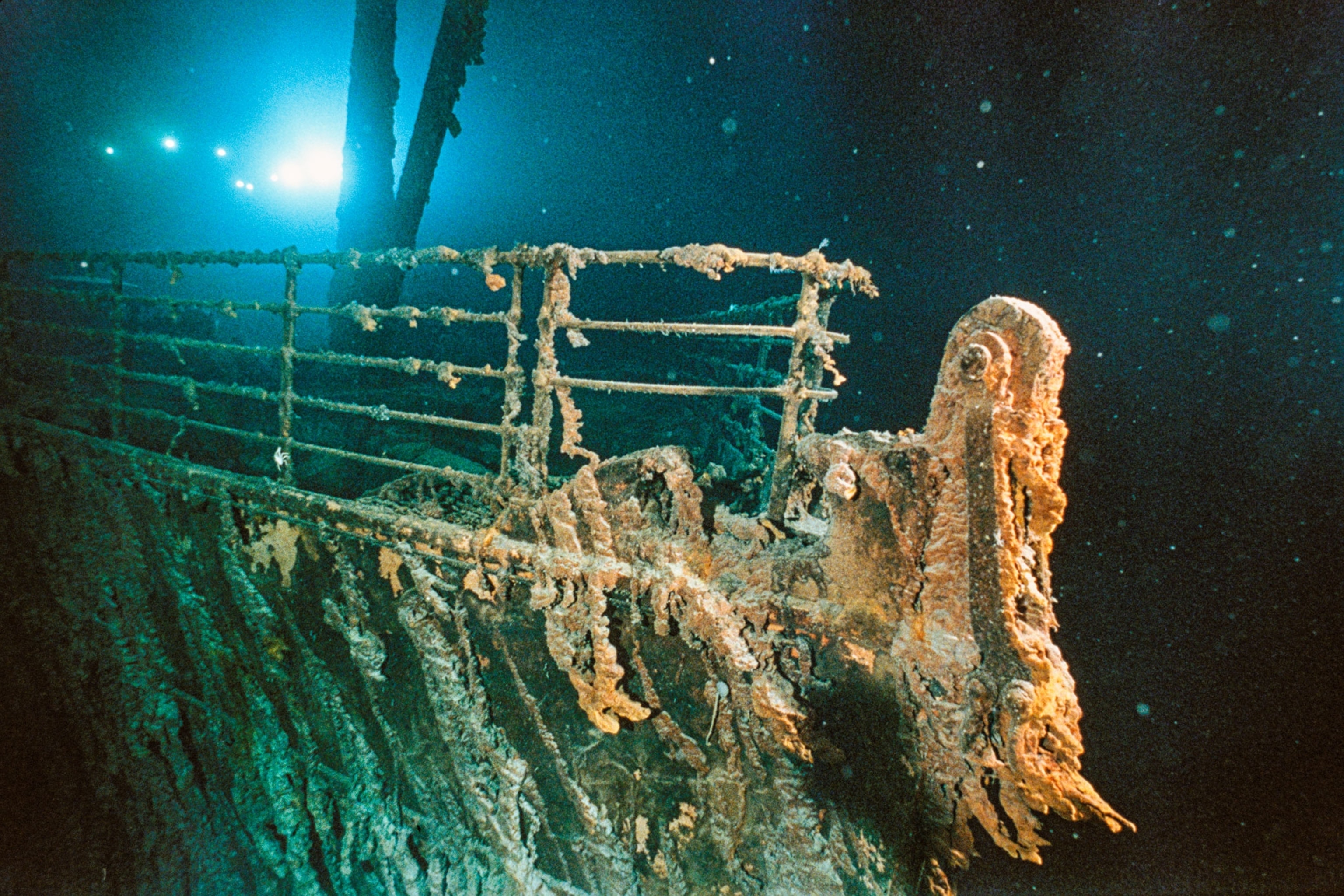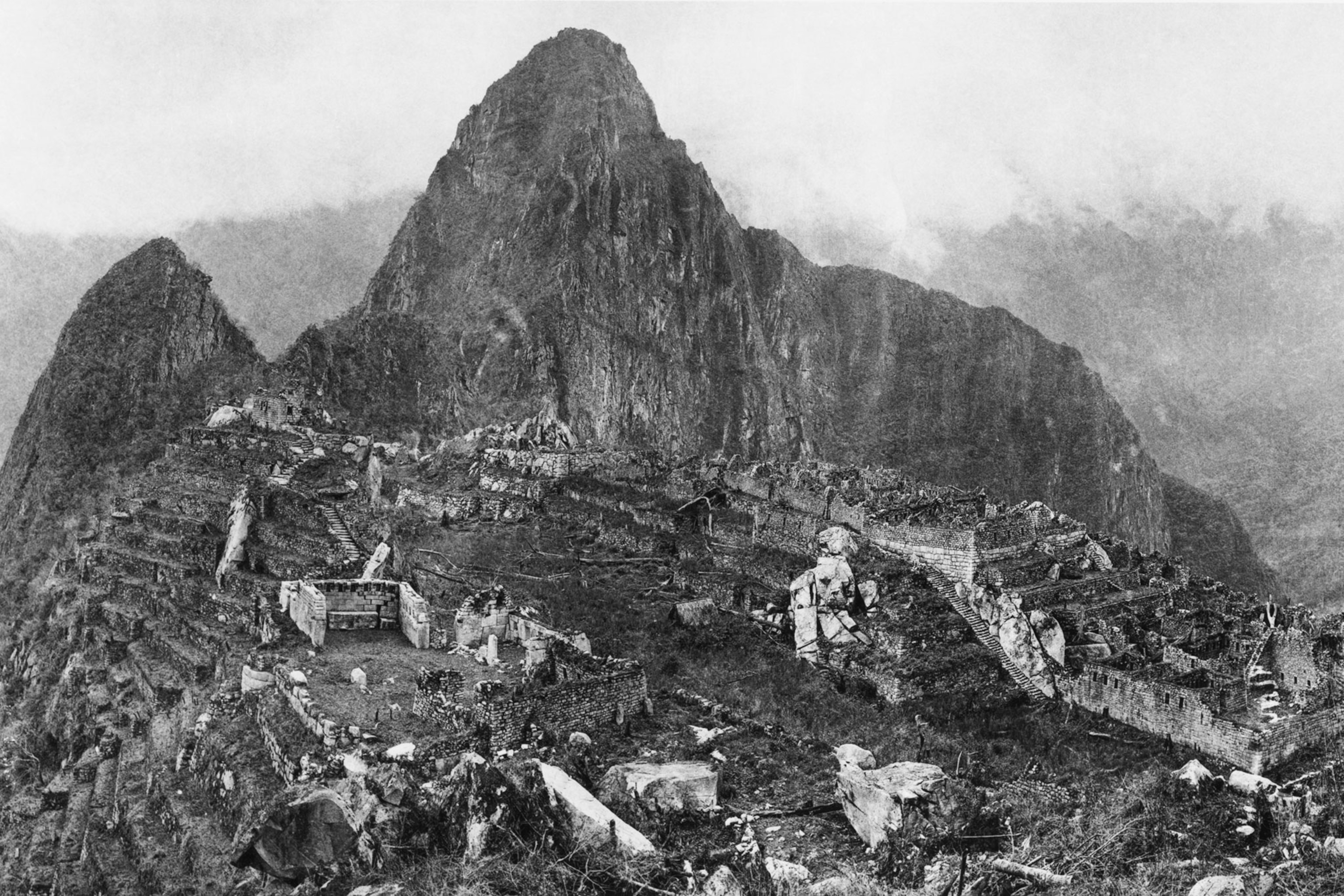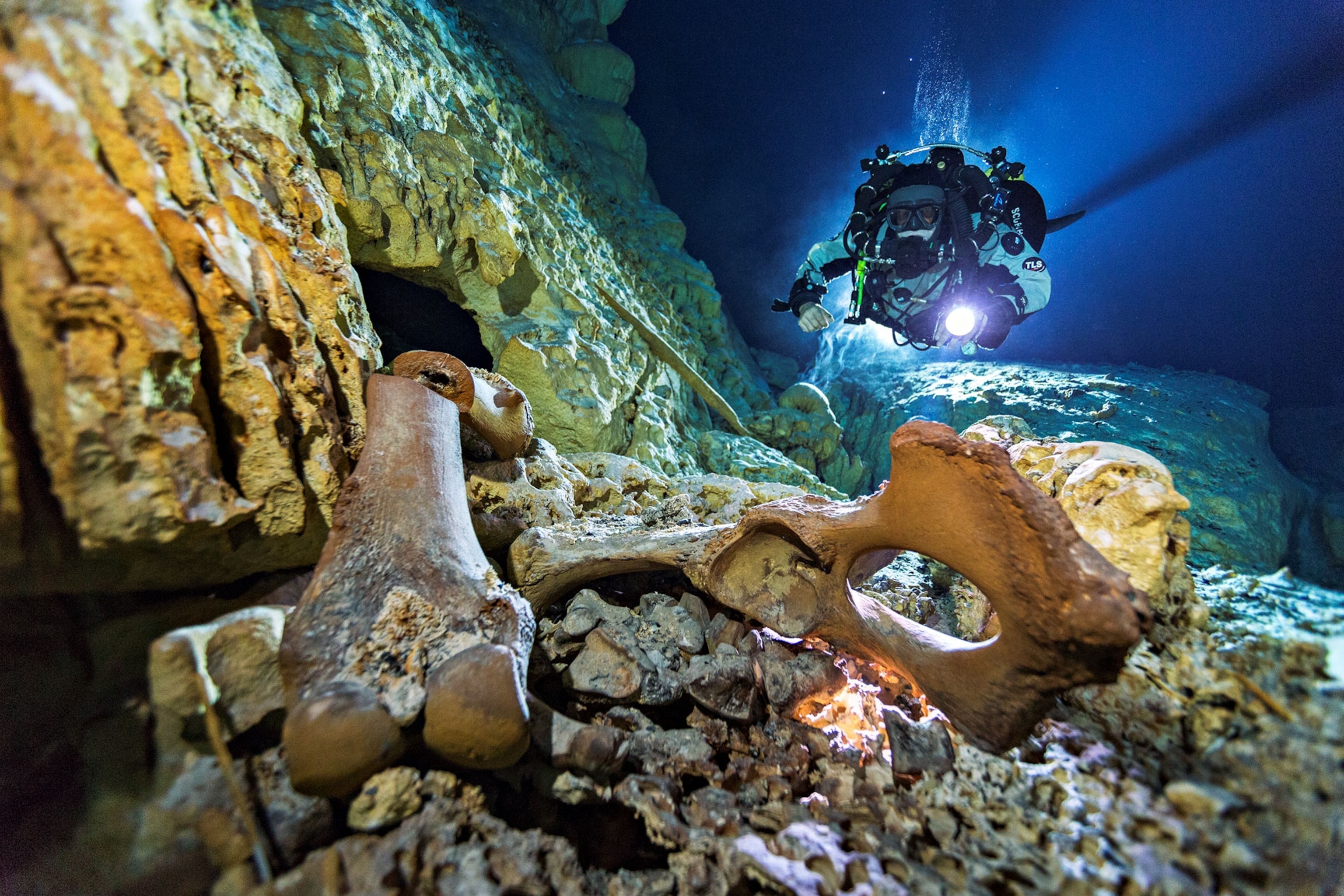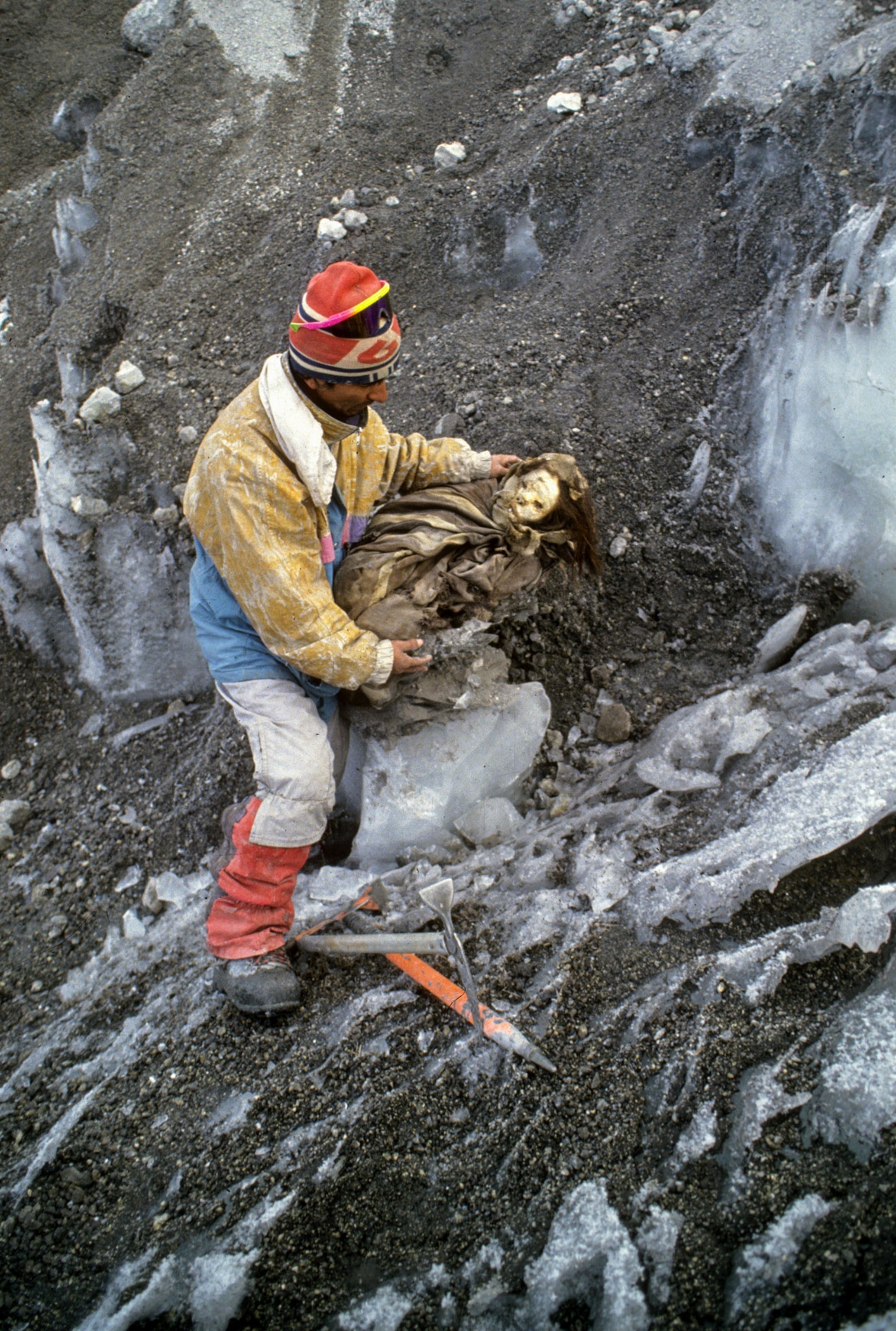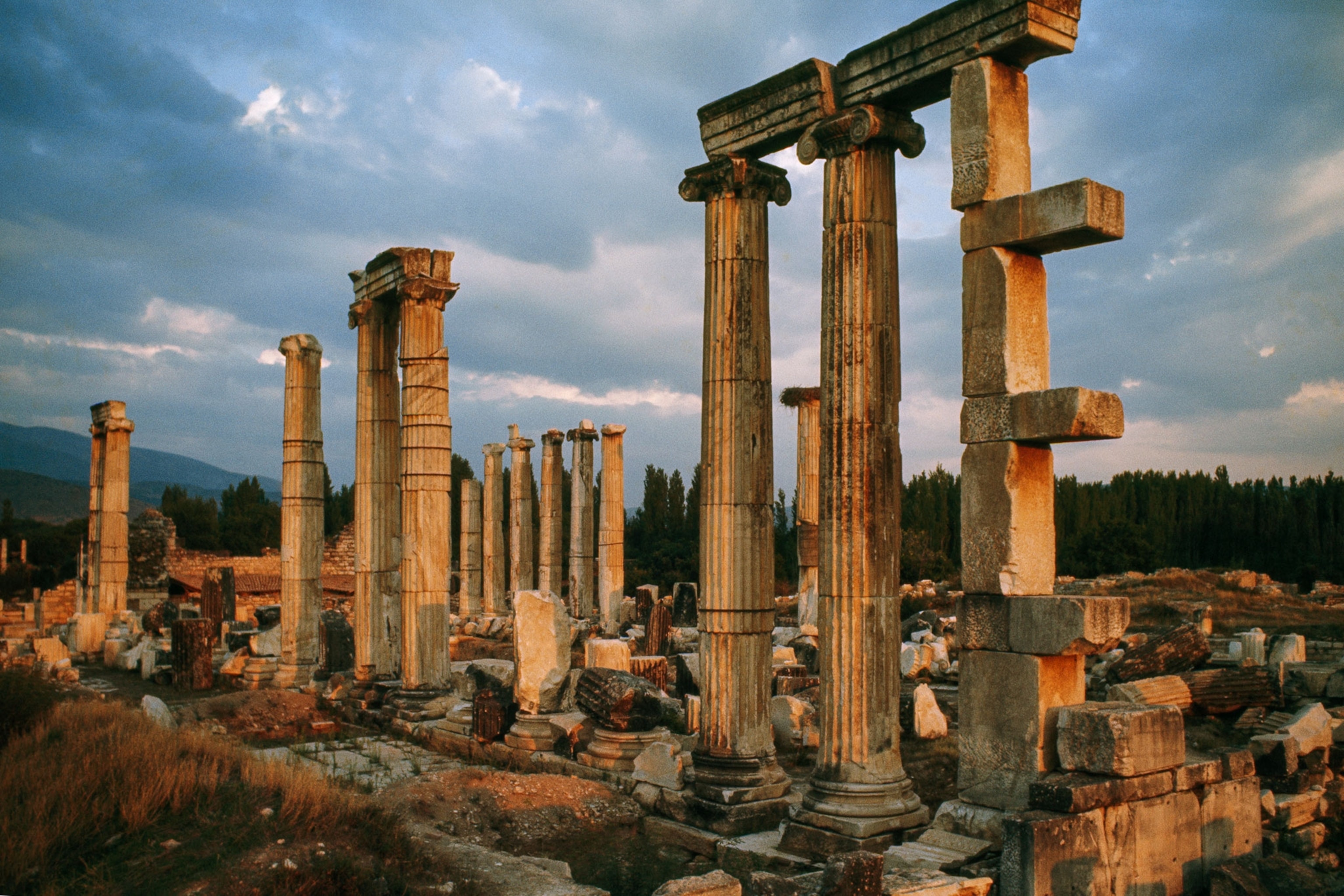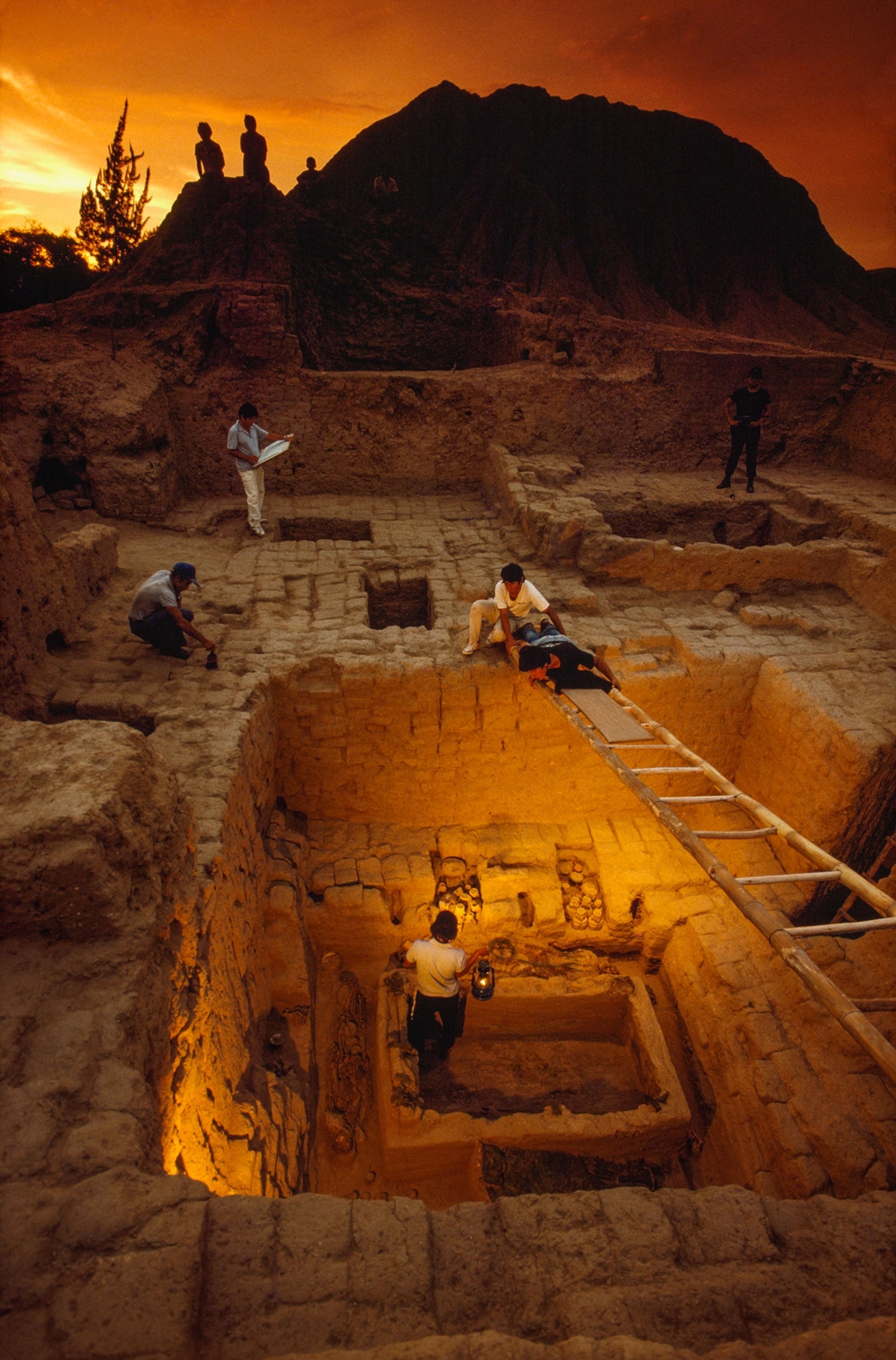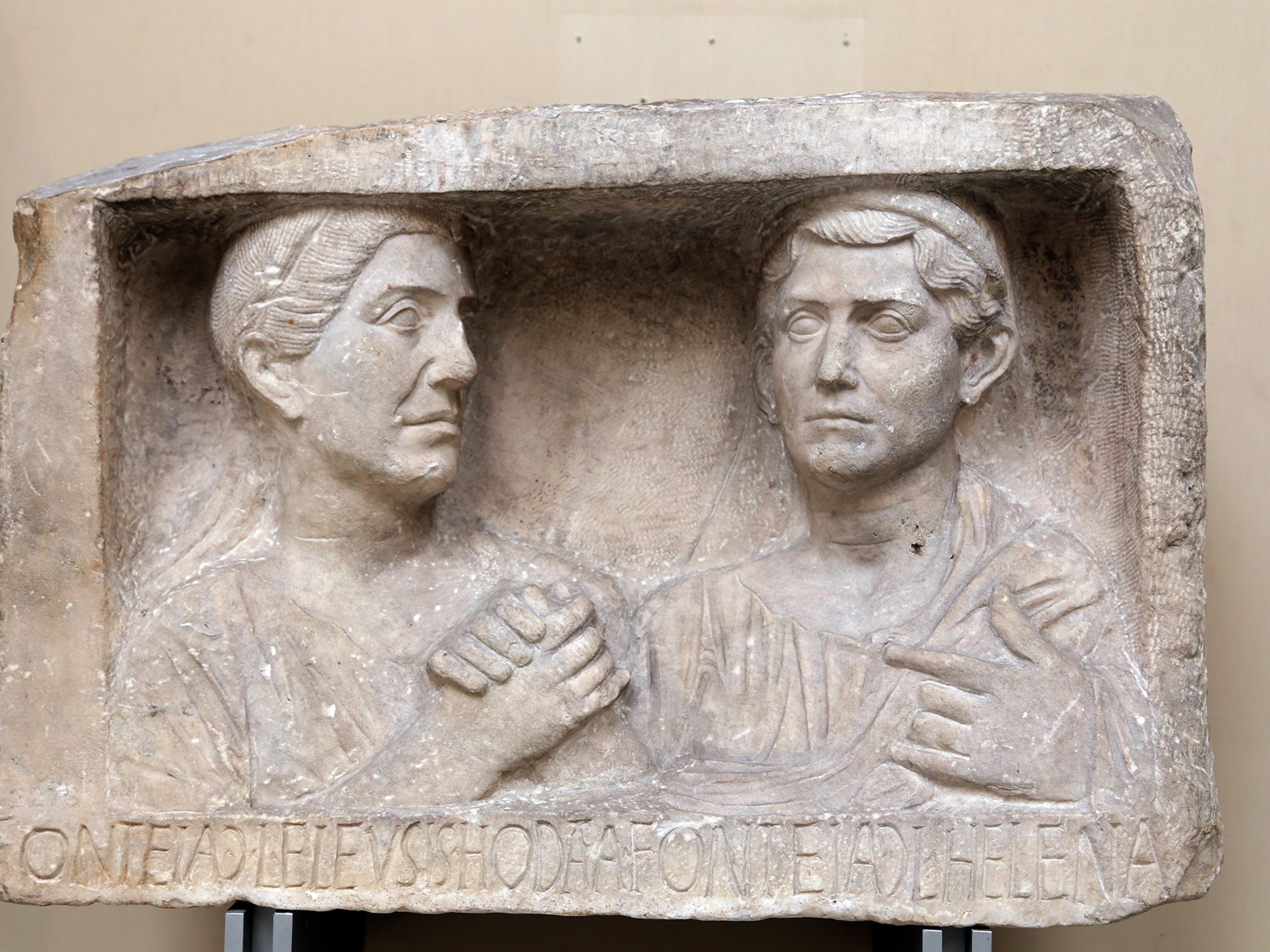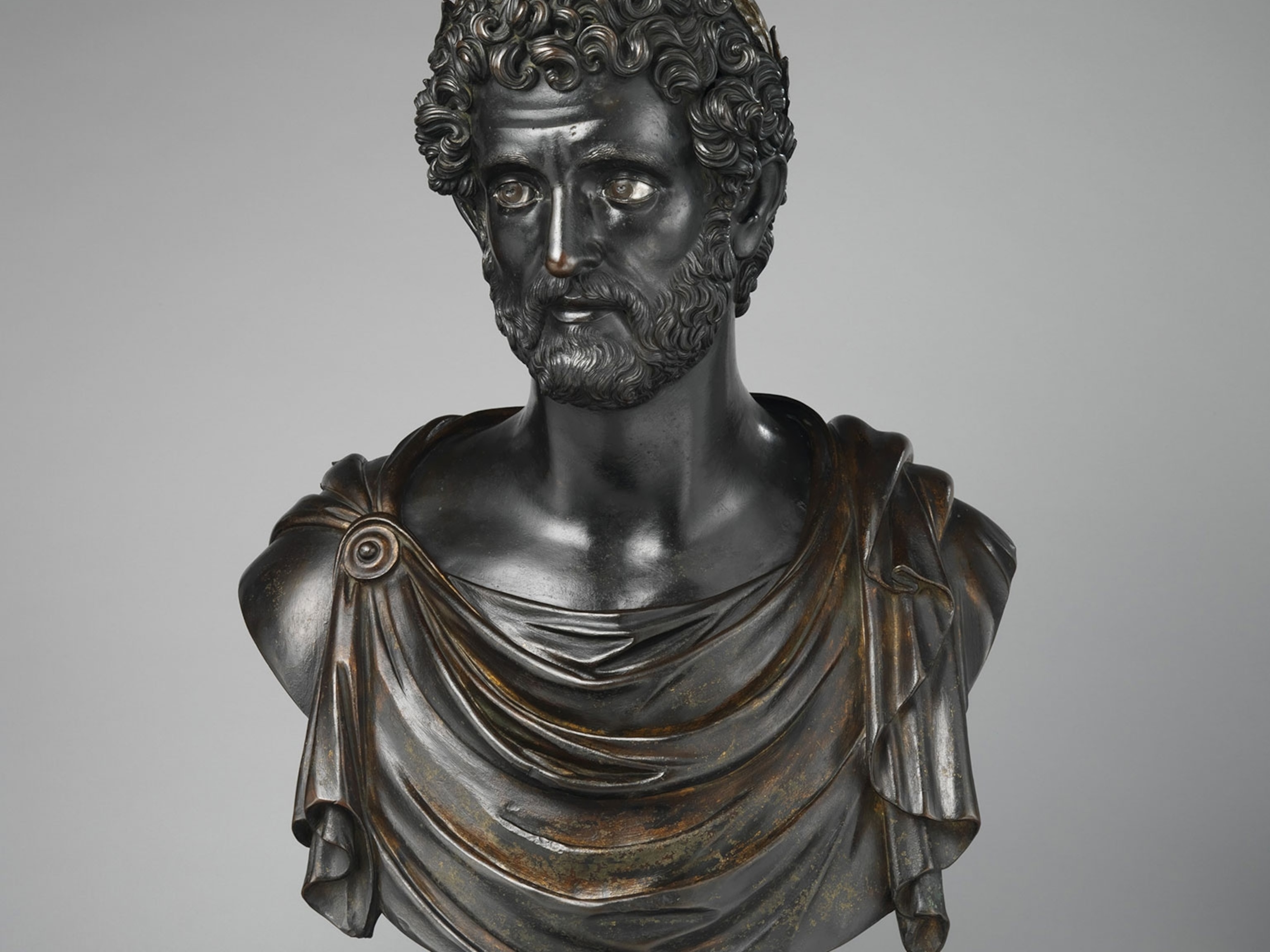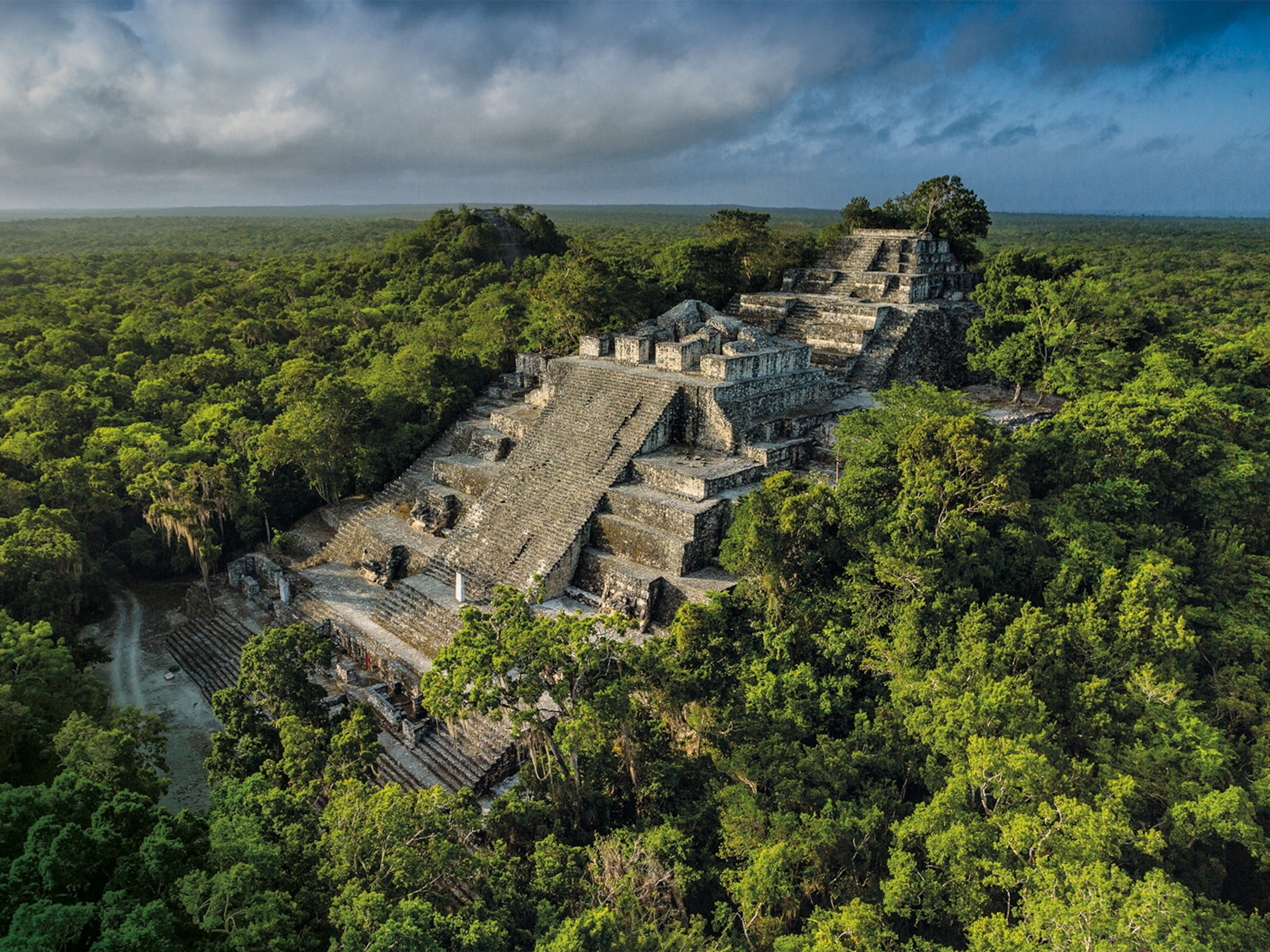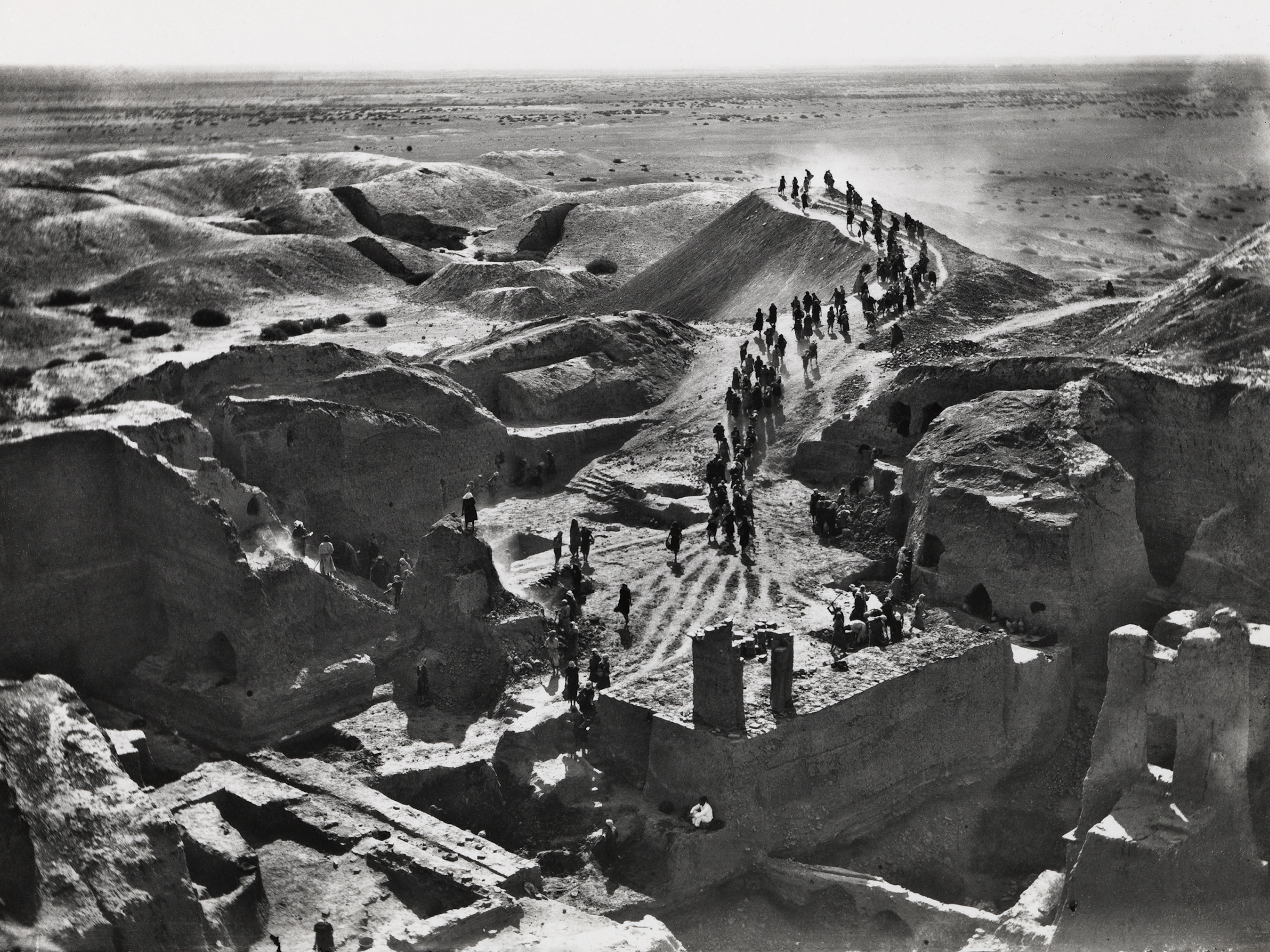Ancient Throne and Ceremonial Hall Unearthed in Peru
The two-chambered complex would have held Moche ceremonies.
More than 1,500 years ago, an ancient Andean society of desert dwellers ruled the northern coast of Peru. Before Incan civilization and Hispanic conquest, the sophisticated Moche people lived from the 1st to the 8th centuries. They cleverly manipulated seasonal flooding to construct irrigation canals for growing corn and beans in the arid, unforgiving terrain, and they built settlements along the coast that stretched for more than 215 miles. (Read: "Ancient Canals in Andes Reveal Early Agriculture")
But then, around A.D. 700, the society mysteriously disappeared. Some scientists say it was destroyed by catastrophic El Niño flooding, which still douses the region today. Others say the civilization succumbed to earthquakes, drought, or encroaching sand dunes, or speculate that social and cultural factors may have ripped the society apart.
Monumental ruins, gold work, elaborate ceramics, and irrigation systems are some of the remaining relics of the long-lost society. But a recent discovery is shedding some light on ceremonial practices of the cryptic culture, some of which involved human sacrifice. (Read: "New Clues About Human Sacrifices at Ancient Peruvian Temple")
On January 8, Peruvian archaeologists publicized new chapters to the Moche saga with the unearthing of a ceremonial banquet hall at the Huaca Limón de Ucupe monument. Located 18 miles south of the city of Chiclayo in the country's northern Lambayeque region, the team found artifacts and human remains nestled among the ruins.
Stepping Back in Time
The Limón archaeological complex consists of two chambers and five truncated, pyramidal structures on slightly raised platforms. Near the adobe pyramids, the team, led by National Geographic explorer Walter Alva, found a crude clay model representing the structure. This model gives insights into how Moche architects planned their buildings. (Watch: "Ancient Megastructures")
Related: Pictures of Inca Empire's Machu Picchu
"This archaeological find is of transcendental importance because what we have found is a room for ceremonial banquets used for celebrations by the Moche rulers," chief archaeologist Walter Alva tells a German news outlet. "It shows us the sumptuousness of the surroundings of that time."
There are two rooms in the complex: a banquet hall and a meeting room. A staircase leads up to the banquet hall, located on a platform. Murals depicting marine scenes decorate the room, with painted sea lions and fish, like tollos and rays. Whereas other Moche murals represent divinities or symbolic and geometric designs, the Limón complex finds are naturalistic.
In one mural, which measures more than 32 feet long, a once-vibrant blue represents a watery backdrop for a scene of a painted boat catching fish on hooks. The upper part of the mural is unfinished. The archaeologists say it was partially disassembled and intentionally covered around the 5th century, when this particular structure was suddenly abandoned. (Watch: "Fire Scorches Ancient Peruvian Temple")
In the banquet hall, there are two staggered, stepped thrones facing each other. One is high, with seven steps, which the experts say would have been intended for the society ruler—who received the feast's offerings. The other, shorter throne was most likely for the individual who offered the feast. (Watch: "CSI Tools Bring a Mummy's Face to Life")
On one side of the banquet hall, there's a space for a small stool, presumably for the person who would have directed the banquet. There are also more than 100 nooks for dishes and plates that would have held piles of food, reflecting the quantity and variety of Moche ceremonial meals.
A room with similar dimensions is attached to the banquet hall by a porch. There, a circular, two-tiered podium rests in front of the doorway, which the archaeologists say may have been used to make announcements during the feast. (See: "Human-Sacrifice Chamber Discovered in Peru")
Clues to the Past
The archaeologists say this two-chambered complex would have held political and social meetings for women and men of the Moche nobility during the civilization's early and middle ages. Until now, such ceremonies highlighting elite individuals have only been found depicted in ceramic and mural illustrations. (Read: "Tomb of a Powerful Moche Priestess-Queen Discovered in Peru")
The structure is close to the Zaña River, which makes it more likely that extreme El Niño flooding could have brought an end to Moche society. The same water that powered the civilization's innovative irrigation systems may have brought its mysterious downfall.
"These scenes had been depicted in the iconography of the Moche world but we had never been lucky enough to physically find where they took place," Alva tells Reuters. "It's a very important finding."












